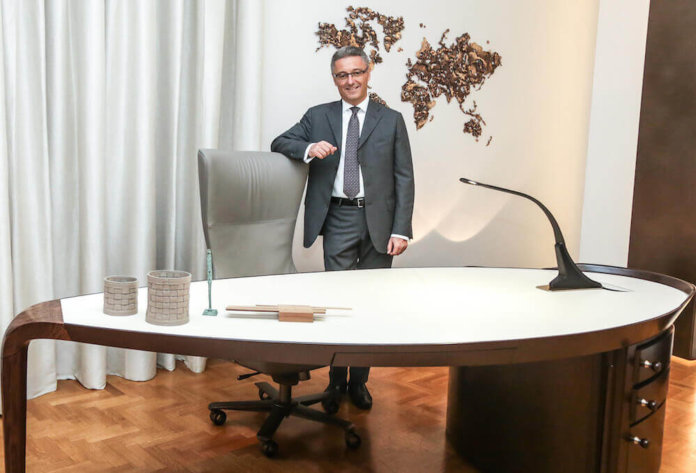
Interview with Giorgetti CEO Giovanni del Vecchio
For centuries, Italian furniture was a symbol of taste and luxurious living. Even as brands such as IKEA brought massed-produced furniture to the average consumer, those looking to add a bit of flair and prestige to their homes have always turned to Italian craftsmanship. Among these, Giorgetti is perhaps one of the best examples of a furniture manufacturer that has delivered distinguished pieces through the generations. Founded in 1898 as a small workshop on the outskirts of Milan by Luigi Giorgetti, the company now offers a full range of stylish furniture for both private and corporate customers in more than 85 countries.
Throughout its 100-year history of excellence, the company was managed by successive members of the Giorgetti family until it began looking to sell its namesake a few years ago. For Giovanni del Vecchio, a veteran executive who had worked for a number of prominent European luxury brands, the opportunity was too good to pass up. Today, Mr. del Vecchio is an investor and CEO of Giorgetti, which begs the question, how does one lead a company that has been in family hands since the 19th century? How does one strike the perfect balance between tradition and cutting edge innovation? In this interview, Giovanni del Vecchio gives a rare insight into the workings of a centuries-old Italian furniture brand.
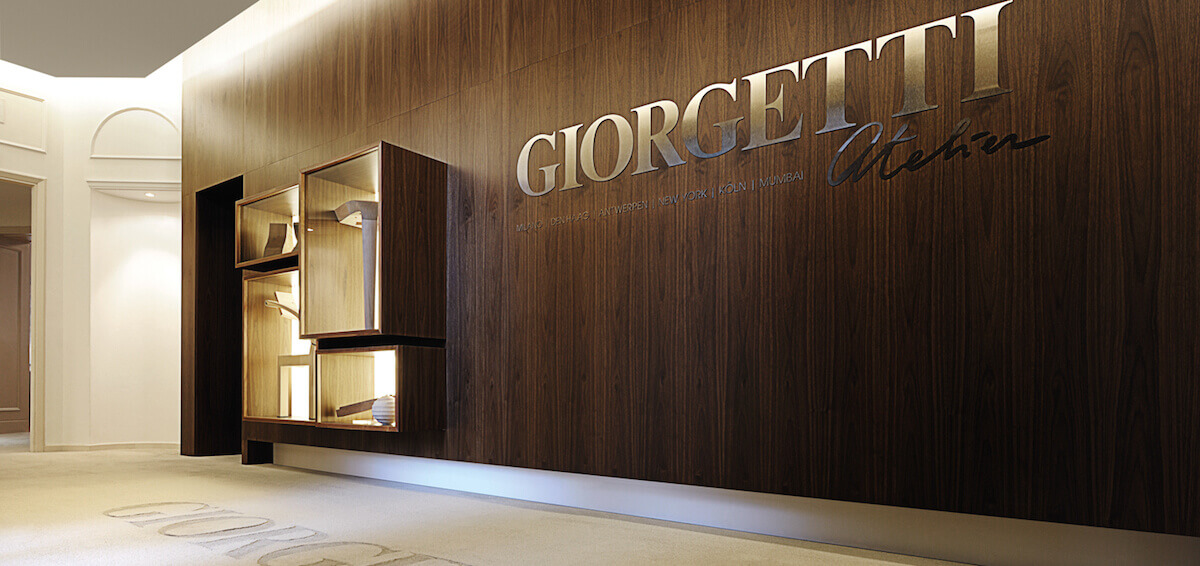
You became the CEO of Giorgetti in 2015. What was your background prior to this position?
I started my professional path at an American consulting firm, after which I spent 10 years working in fashion for brands like Prada and Salvatore Ferragamo, overseeing their Asian operations.
Clearly you had a lot of experience with high-end luxury brands. How did you end up working with Giorgetti?
As usual, I got my position by chance because I was at the right place at the right moment – I think this is probably the story of my career. After I spent some years leading various companies, I had an opportunity to come into Giorgetti as an investor alongside a private equity firm called Progressio. I had always looked at Giorgetti with a lot of passion and I loved its very unique image, its high quality, and its attention for detail and exquisite craftsmanship.
So you were first exposed to Giorgetti as an investor and not manager?
Yes, I was the one that convinced the private equity firm to invest in the company. As a result, Giorgetti is no longer a family-owned company, as the family has sold 100% of its shares to the fund and me. Although I’m actually a very minority investor so I hope nobody is laughing at me for calling myself an investor (laughs).
What is it that made you want to invest in the company?
I think that the reason why we wanted Giorgetti was because we thought it has a tremendous potential to create very articulated architectural products. What I mean by that is that it makes pieces that you can use to not only accentuate an existing space but to design the space around the product. This is a key difference that Giorgetti has from its competitors because it is not just selling individual pieces – it is also selling an atmosphere. We are building the organization in a way so that people can express that potential, where every customer can find the perfect counterpart to support an architectural project that is tailor-made to his needs.
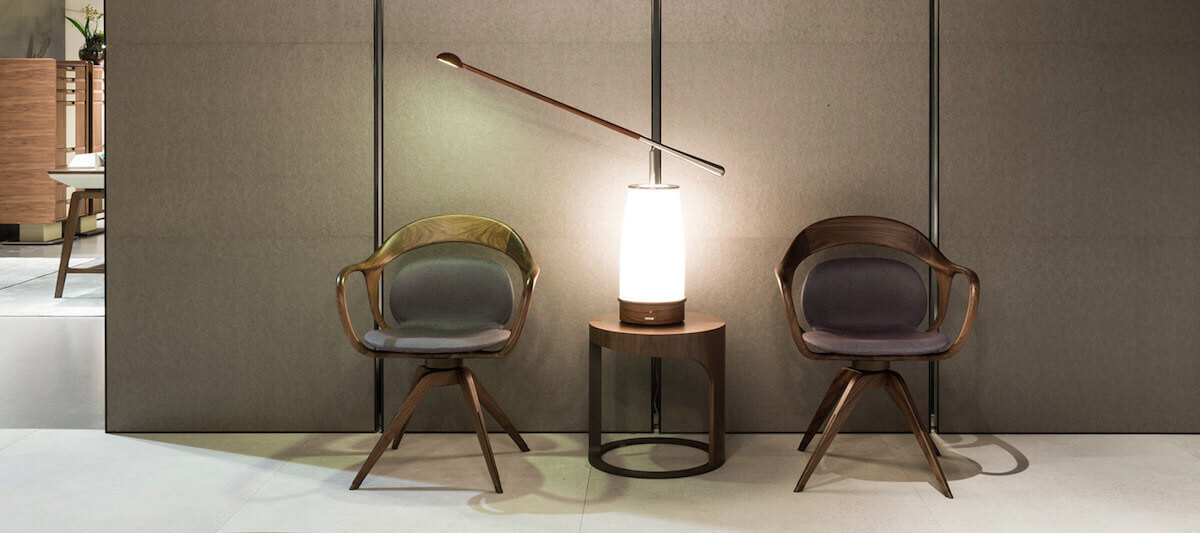
After the Giorgetti family sold the company in 2015, you were made its CEO. What was your vision for leading a firm that already had existed for over a century?
We came in with an approach where we wanted to empower the organization and reinforce it in order to support its original mission. But at the same time, we began developing new product lines in order to be able to move the brand forward.
Last year, we introduced a new kitchen line, which was the first time in over 100 years of Giorgetti history to enter the kitchen. The kitchen is the heart of every home and the kitchen is where your daily life starts – we were missing out on that aspect, which is why we entered that line. We also began developing a line of accessories called the “Giorgetti Atmosphere”, which are additional tools that we deliver to our partners to create a really unique ambiance. We want customers to be able to use our products every day, meaning that it needs to be highly sophisticated yet extremely contemporary where style and functionality are considered to be of the same importance.
I think it was also important that the ability to think about beauty was embedded in the new shareholders. Even though we were initially financial investors, we understood the value, the importance, and the heritage of this brand and that shaped our approach in managing the company.
But given the heritage and tradition of the brand, did you feel any resistance when bringing in new innovation?
I found it to be very easy because we balanced innovation with the culture of our brand. Every person in the organization had a very clear understanding of what Giorgetti represents in the world of furniture and recognized the importance of innovation in creating beautiful products. Giorgetti has always had the unique ability to balance its craftsmanship while being the most modern investor in technology. We have some very innovative machines working with us side by side with the hands of our employees. This balance is what is driving us in every single decision.
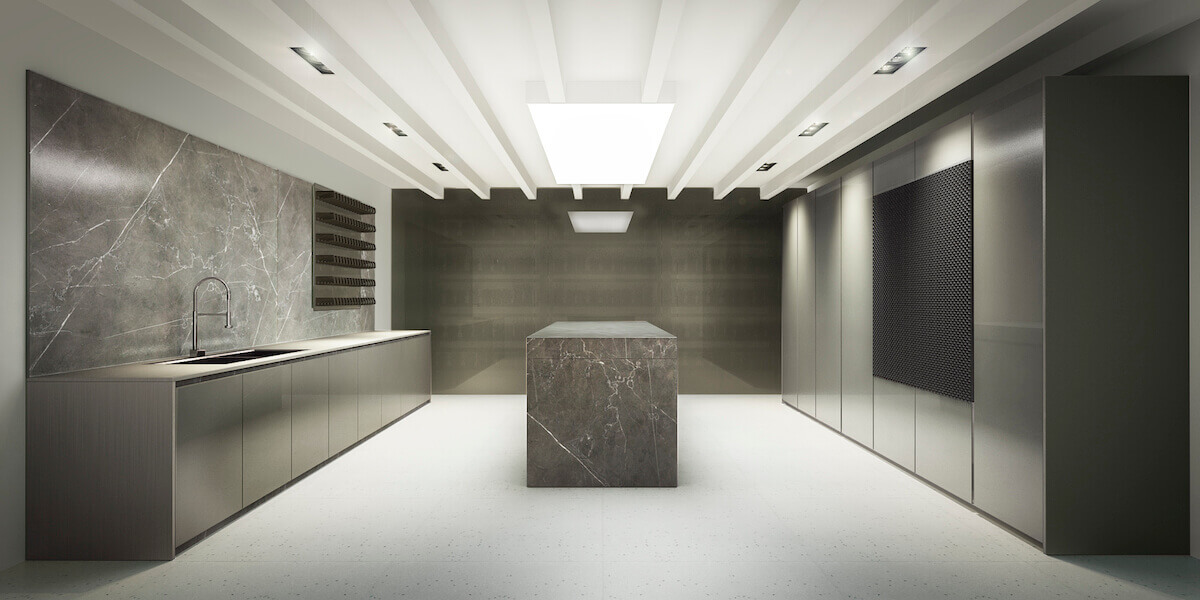
Can you give some examples of that kind of innovation? I think for many people it’s difficult to imagine cutting edge technology in luxury furniture making, which is thought of as being handcrafted using traditional techniques.
That is true, and sometimes when people imagine research they only think about innovation in IT or futuristic aeronautics. But that is not the case. Sometimes, even achieving a certain shape with traditional material can be innovative because it takes much R&D to push the material’s potential in shape and resistance. We have for instance developed a boiserie (wood panel) for the living room that is made of tiny pyramids that are engraved into the wood, which required a long research process in order for the wood to be stable and processed that way.
Additionally, we are now able to work with marble slabs that are just 2 millimeters thick, which is something that just 20 years ago was not possible if it were not for the machinery that could transform the material. We now have the ability to use very light marble for use in the kitchen, where we can have the veins of marble running all around the kitchen island at 360 degrees, which required the combination of our 100-year experience as well as the innovation in materials.
Now that you mention technique and skill, I have to ask something that I’ve always wondered: What makes Italian craftsmanship so good?
Well, I think we Italians are very lucky because we are born into a country where the culture of design is part of our DNA. It is a historical process that has been piling up in the chromosomes of our great great grandparents from the Renaissance to present day. When you walk through Italy you find fantastic examples of design and art everywhere, and I think this is a cultural benefit that makes it very easy for us to think about design, beauty, and detail. We also have a tremendous culture of craftsmanship, and the ability to work with very difficult but prestigious material from marble to woods, from leather to fabrics.
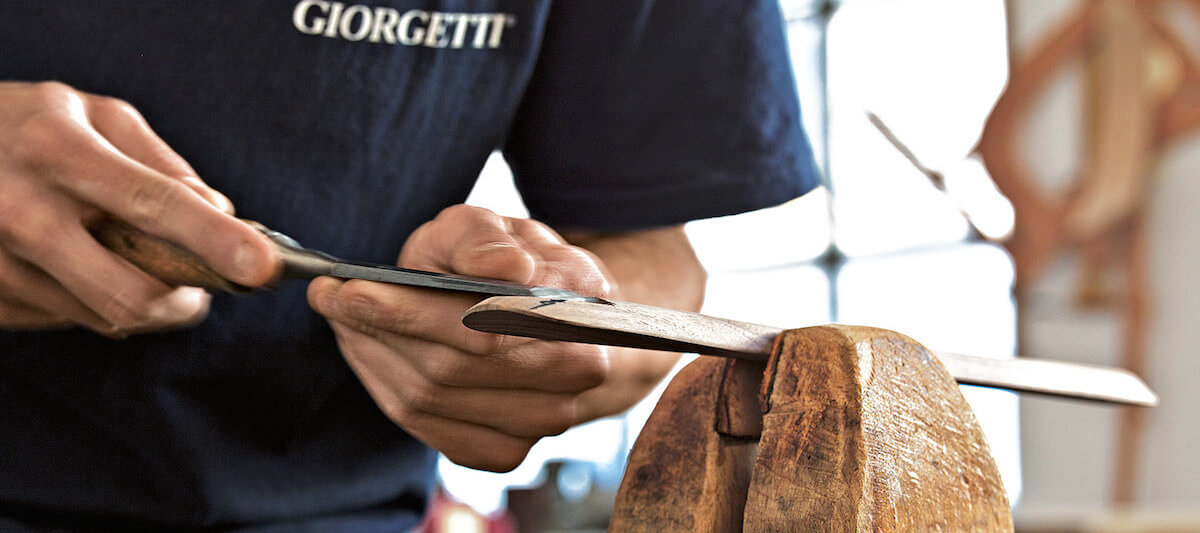
But if everyone in Italy is so good, how does a company like Giorgetti manage to survive, especially in a competitive sector like high-end furniture?
Every brand has its own identity and many of the top players are trying to achieve their own mission and vision in the best possible way. I think that the ability of Giorgetti to transform and use materials in a way that others are not daring to do is a very clear differentiation between us and the majority of our competitors. We are not just doing what the others are not able to do, but we are doing the things that others are not willing to do because it is too difficult, too risky, too time-consuming. If you are able to look at the long-term perspective like we do, you are not driven by short-term returns on your investment, but look at the growth of the brand.
But economic growth in your home soil of Europe has been stagnant for many years, and in some cases, fallen to negative growth. How does a high-end brand like yours compensate in tough economic conditions?
I think the normal way is to look to international markets rather than relying on a single domestic market, and Giorgetti has developed the ability to be present basically everywhere in the world. We don’t have a market that is disproportionately important to us. Even Italy, which is our home country, doesn’t represent more than 10% of our turnover, and there are no single markets that account for more than that. So we have a very well distributed system that allows us to compensate for ups and downs, which are typical in today’s economy. If you are too focused on a specific geography or distribution channel, you enjoy growth when everything goes well but when things start to get difficult, it is hard to reorganize quickly.
Let’s talk family business. Some business circles consider the family business to be an “unprofessional” or “outdated” business model. As a CEO with outside experience that is now leading what was previously a family business, do you find the family aspect to be a negative factor?
No, I think that the family heritage is being very helpful because family-owned businesses are normally able to create company cultures that are much stronger and more resistant to downturn than managerial companies. Driving and guiding a 100-year-old family business gives me the opportunity of leading a team of people that has this unique family-driven language and customs. Obviously, this sometimes makes things move a little bit slower in the sense that you have to take time to fully understand them and you have to balance new thinking with “It was always done like this in the past” thinking, but the value of having a commonly shared vision and language is unique. It’s something that you cannot find anywhere else other than in family-owned companies.
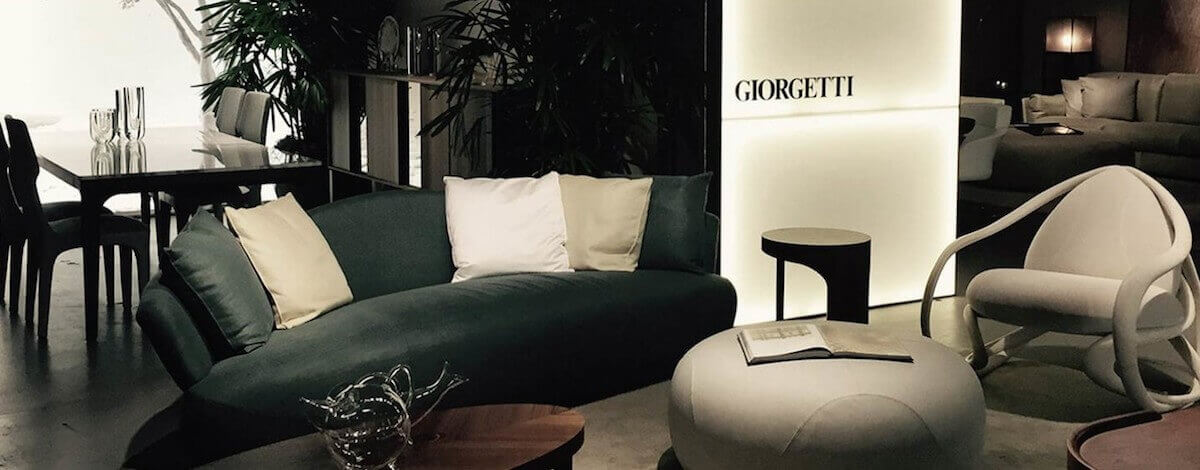
That kind of family driven success is very obvious in Italy, which is known for producing many world-class brands with lengthy histories. How can family businesses elsewhere replicate this success?
I have seen success from families that have very intelligently planned for the next generation – planned for them to get enough experience and opportunities to follow their own skills to drive them. The major mistake that a family can make is to force the new generation to take over the business. Every one of us has his own desire and has his own plans for the future. Just because you were born into a family that owns a business doesn’t mean that you have to follow the business of your family. But whenever you have a generation that is ready and willing to take over in the future, you have to train them to be ready. Just because you carry the family name doesn’t mean that you’re ready to manage a company.
I also think that family businesses succeed when the family honestly evaluates its own resources and employs each resource wherever it adds value. Sometimes, this means hiring external managers and supporting them in driving the business, and other times it means simply training the next generation in order for them to be ready when the time to take over the company arrives.
Let’s talk about that for a second, because there are an increasing number of family firms that are considering external managers to lead their companies. You are an outside CEO. In your opinion, how can families find the right non-family executive leadership?
Sometimes external managers don’t work out very well because the heart and mind of the family owners are not synchronized with the managers. Other times, family owners search for external managers with their mind but not with their heart, meaning that they are not fully convinced and that always creates some confusion.
In the cases where the search is genuine, I think that the manager entering a family business has to understand the culture of the company and the culture of the family instead of focusing on his managerial achievements in the past. This understanding is what will create the bridge towards the future. Otherwise, instead of being a partnership between the manager and the family, it becomes a competition between them, and that kind of competition is not helpful.
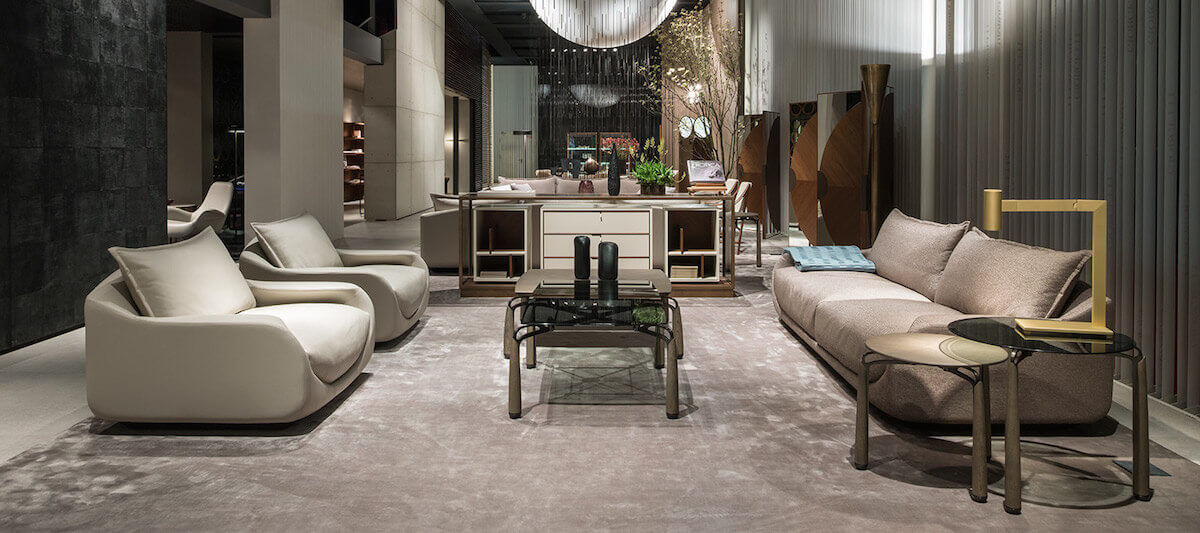
As you lead Giorgetti, you also work extensively with other family firms regionally and internationally. What is it like when you work with other family companies?
I think that working with other family-owned companies give you the possibility of looking at the long-term picture. Sometimes when you work with managerial companies, you are driven by short-term expectations. This long-term thinking creates a shelter when working together and this shelter is helpful because it allows partners to make decisions that are good for a sustainable business.
You are in your second year as CEO of Giorgetti. What is your vision for leading the company into the future?
That’s a very challenging question and I can talk for hours. But to be very synthetic, I want to achieve a point where 5 to 10 years from now, I can sit together with Mr. Giorgetti and he would congratulate me for keeping the identity of the brand together while growing the business. To achieve this, we are opening new product lines, making new distribution channels, and enlarging our markets but we are also very keen on keeping the culture of our brand, which unites our team members to move toward the same direction. If we start to lose that consistency, we may not be so successful in the future.
Do you have any words of advice for business owners and leaders?
I’m not sure I have the expertise or the ability to give advice to others, but I think that everyone leading companies should always have the company’s vision and mission in mind while being extremely fair and consistent with that image. Companies that are not fair to its stakeholders such as employees, clients, the environment, and society are not successful in the long run. The more you are true to the company’s vision, the more enjoyable it is to achieve success.









